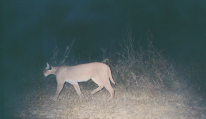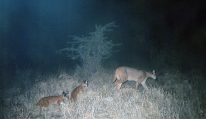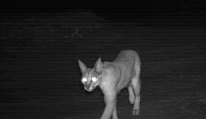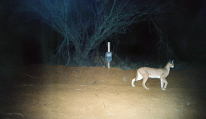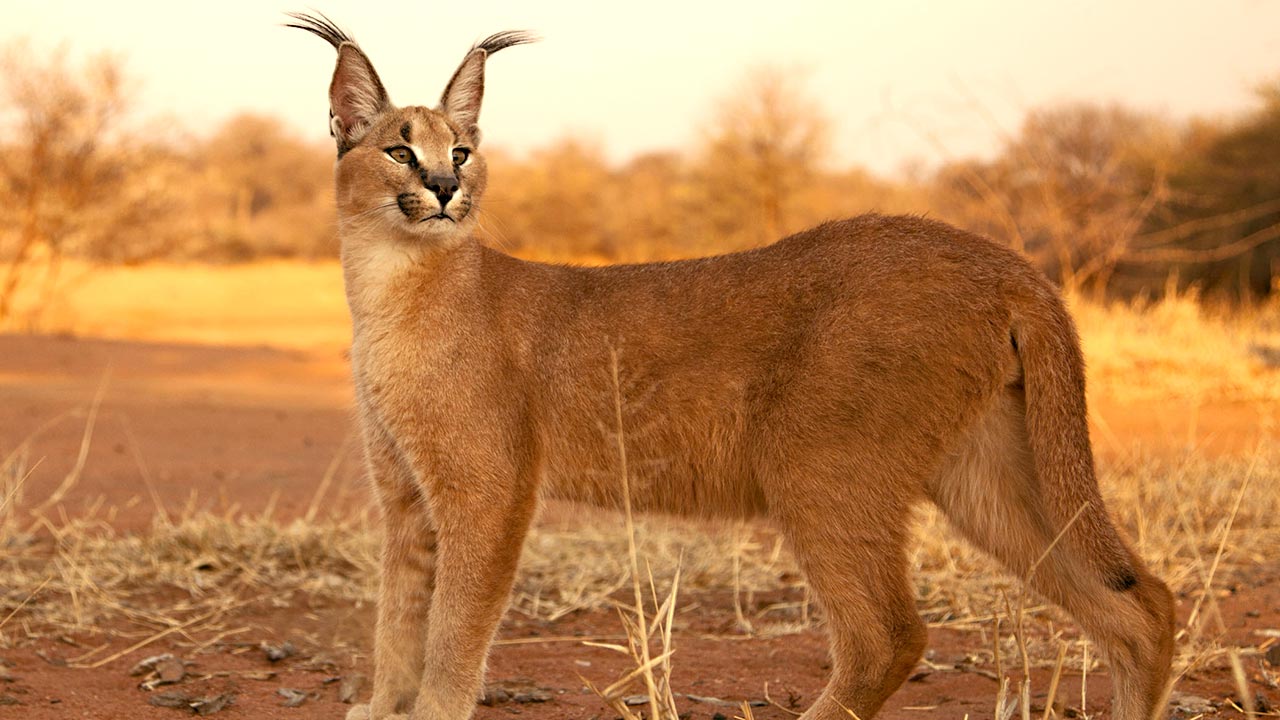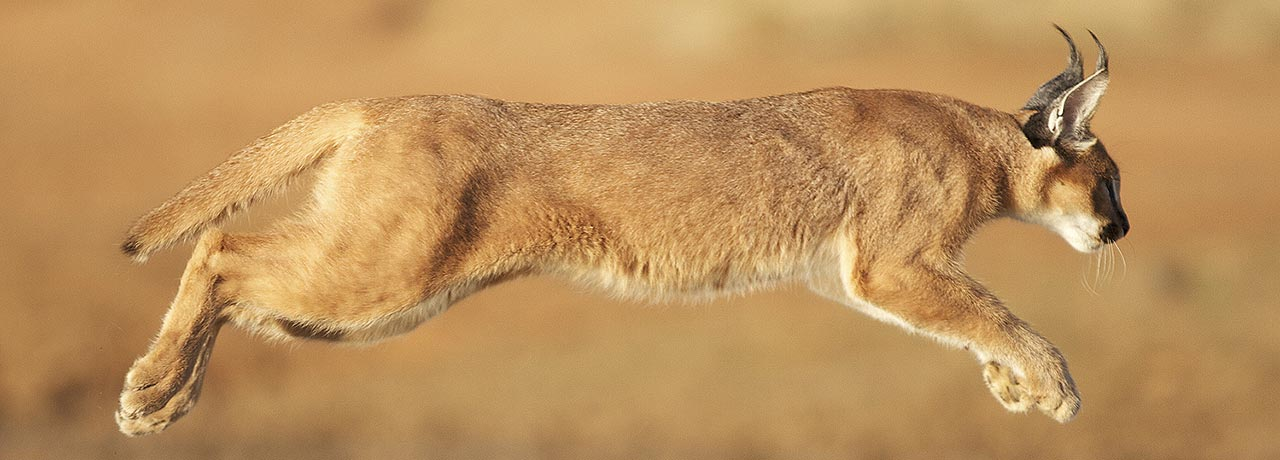Range & Habitat
Caracals are widely distributed across Africa, except in the equatorial forest and central Sahara. Caracals also live on the Arabian Peninsula and other parts of the Middle East, Turkey, central India, Kazakhstan, and Turkmenistan.
Caracals favor habitats with low rainfall and plenty of available cover. They typically frequent dry woodland and savanna regions, but they can also live in semi-desert, scrubland, moist woodland, and mountainous forest habitats.





